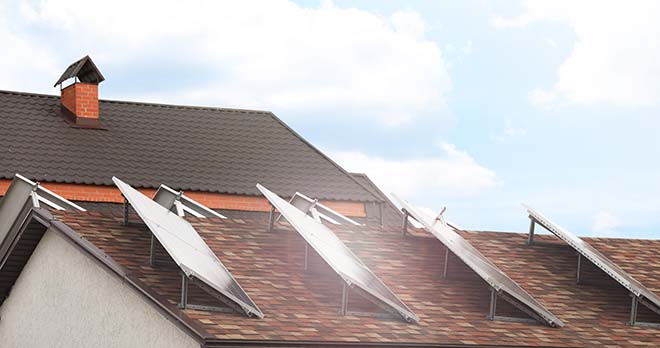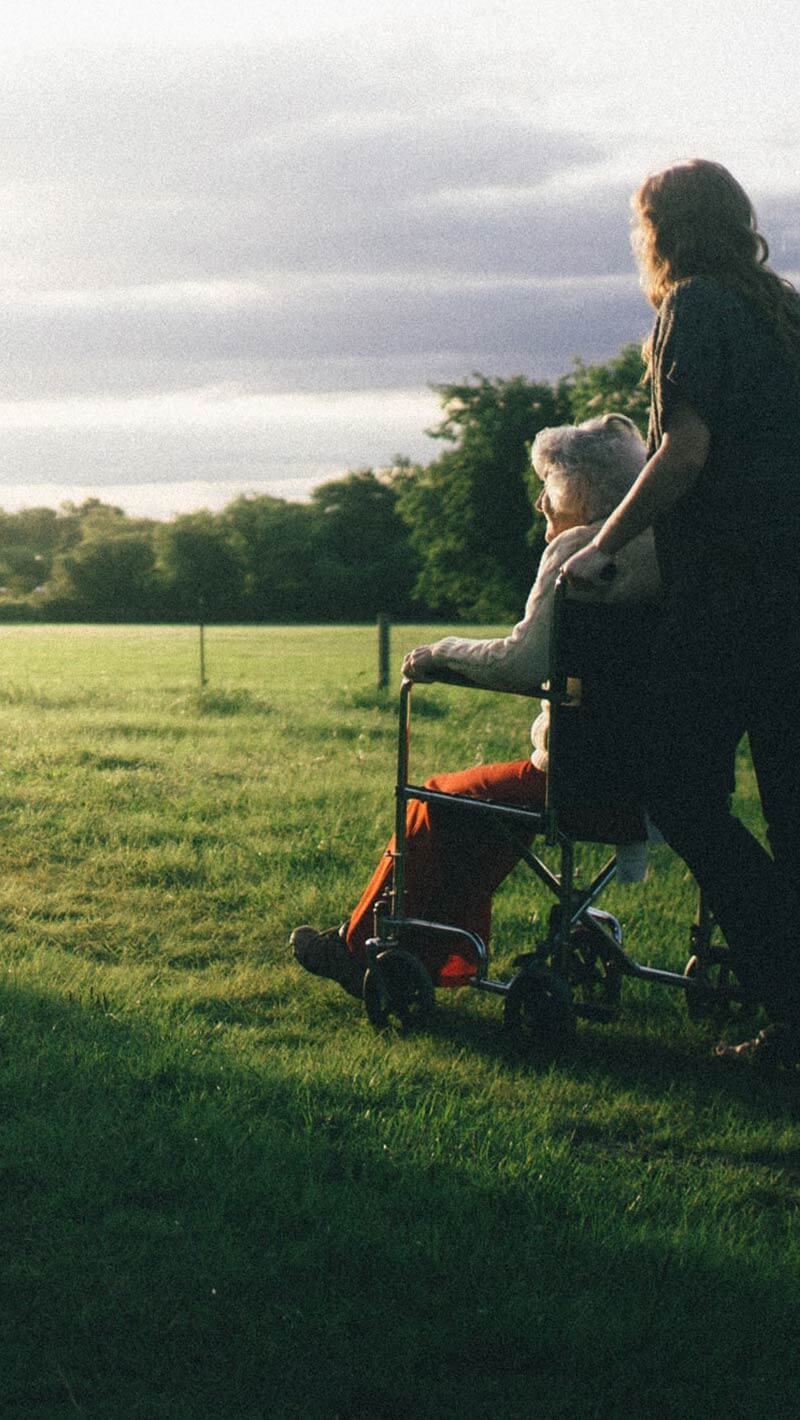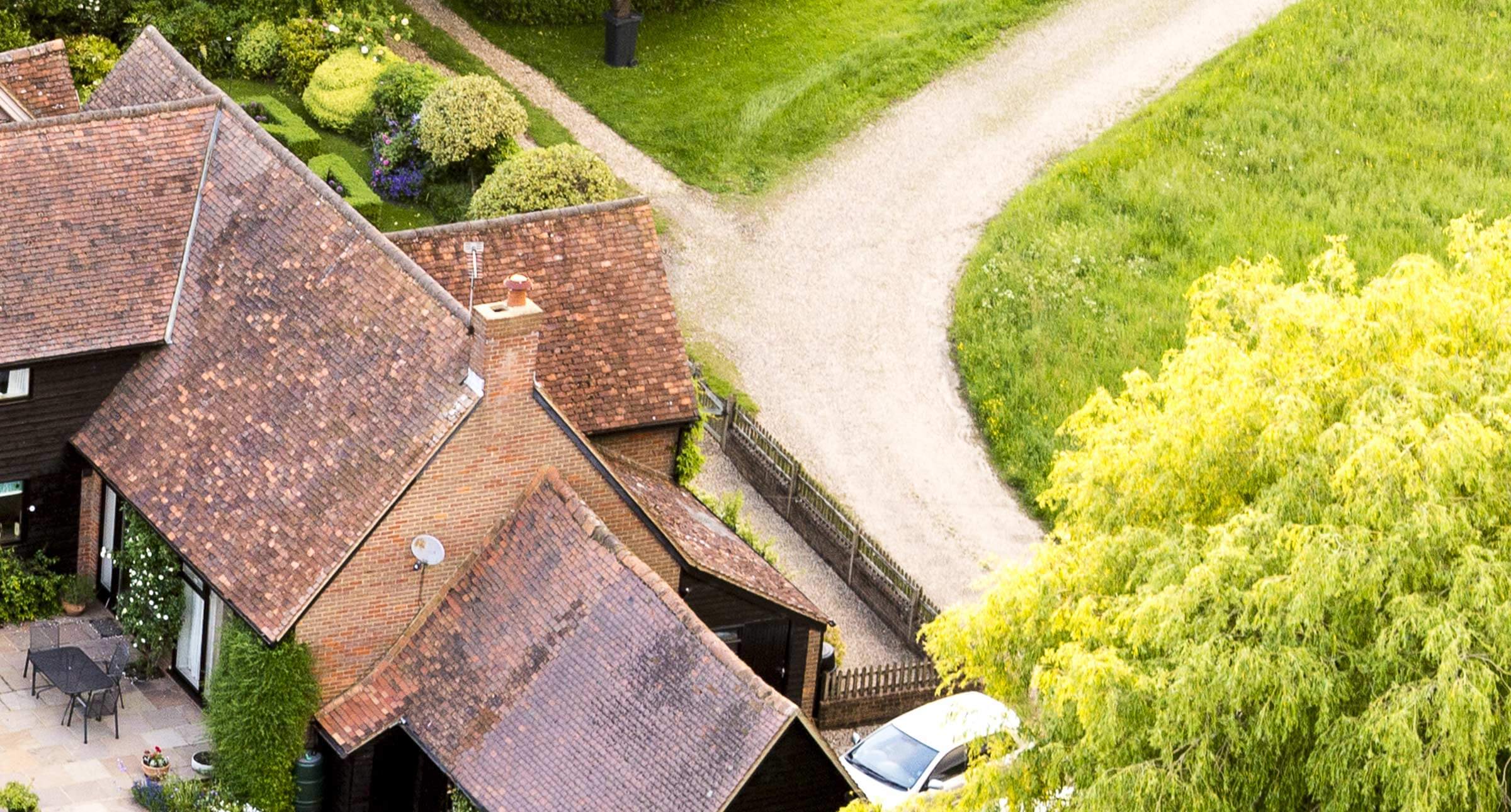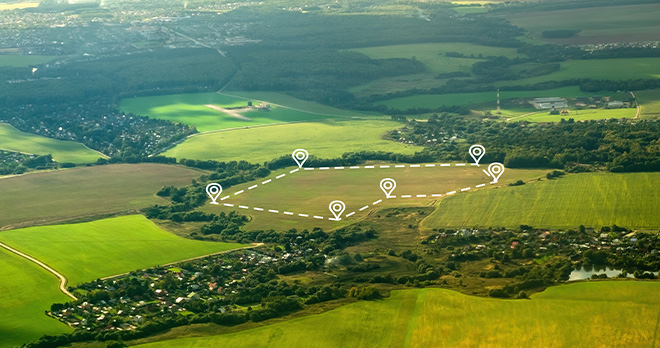How can those in the Healthcare sector diversify their estate?

It can escape no one’s attention that in recent years many factors have increased pressure on any business’s finances. Brexit, war in Ukraine, increased inflation and the energy crisis are all factors in the financial downturn.
In this period all businesses will be looking to make savings and even look at ways to increase revenue. When looking at the Healthcare sector there is often increased opportunity given the size of the buildings and the surrounding estate. But what options are there for Healthcare businesses to maximise revenue from their property?
First, how is the land held?
This is always the first question, as whether the land is held as a leasehold or freehold can influence works that can be undertaken.
If the land is held under a lease, there could be restrictions to alterations and subletting that would require consent from the freeholder. In addition, there could be restrictions over the use of the estate itself.
Even if the land is held under a freehold though, the title could still contain restrictions – such as restrictive covenants as to use or rights to other parties – and if there is a mortgage/charge over the property permission may need to be sought.
So what options are there for diversifying Healthcare real estate?
Here I will explore four potential options for those in the Healthcare sector looking to diversify their property portfolio:
Leases/Licences
One option for those in the Healthcare sector is to let out areas of the land for alternate uses, or indeed hiring out spaces under a licence agreement. Areas with large areas of woodland for example may open themselves to letting for forest school use or other educational uses.
It is important to document any agreement to ensure any rights are not unwittingly acquired by the occupier. It’s also worth considering whether any planning would be required for changes of use.
Quick note for those Healthcare providers who have charitable status: any lease over 7 years would be a disposition that requires a Qualified Charity surveyors report.
Renewable Energy
Given the increased cost of energy, renewable energy can be an attractive option. Especially so in care homes where day usage is often high, renewables would work well with solar options outputting their highest amounts of energy at these times.
Rooftop solar leases
Typically an arrangement with a solar panel provider will be by way of a lease (typically 30 years or so). This will deals with important arrangements such as:
- repair liabilities;
- yield up requirements;
- the ability to assign or underlet or transfer to a funder;
- environmental considerations;
- usage and power purchase agreements.
It is always advisable to obtain legal advice on the content of these documents as they can be quite complex. For larger installations which require planning permission often an option or agreement for lease ‘conditional on planning’ will be entered into.
Planning for solar panel installations
Most commercial solar installations meet the requirements for permitted development however there are some limits on solar projects, for example listed buildings or properties in a conservation area require their own consent.
Typically non-domestic solar installations under 1MW are permitted though they have to meet set conditions:
- Roof-mounted or wall-mounted commercial solar panels should project no more than 200mm from the wall surface or roof slope;
- With pitched roof and flat roof installations, the panels need to be situated at least 1m from the external edges of the roof, or the wall joint that they sit on;
- With flat roof installations only, the roof-mounted panels should protrude less than 1m from the roof surface, and they cannot be the highest part of the roof (excluding the chimney).
Practical issues with solar panel installations
There are practical issues such as considering where cables will run and how will this be connected to the National Grid: is there sufficient access is the roof and is it in a fit state to take any rooftop development?
Note that as per the Leases/licences section additional steps may need to be taken if the provider is a charity.
Biodiversity Net Gain ‘BNG’ and Nutrient Neutrality
Biodiversity Net Gain (BNG) has not yet come into force (though some local authorities are already rolling out trials). It will come into force in November 2023 and there are a range of things to consider alongside it including Nutrient Neutrality.
This is of particular interest to the Healthcare sector for properties with larger estates which require ongoing maintenance and are to be kept as amenity land for residents.
Find out more about the Biodiversity Net Gain, Nutrient Neutrality and more in our quick guide to the Environment Act 2021 for landowners and developers >
EV charging
Lastly a growing area of interest is EV charging points.
The development of the UK’s EV charging network could affect Healthcare providers in a couple of ways. The first is simply providing the infrastructure for staff and visitors and the second is the option of turning this aspect into a commercial enterprise by leasing a site which would enable a rent and a profit share. A subsequent article will explore these arrangements in more detail.
Read all about our Health & Social Care sector expertise, including real estate, by clicking the link below.
Read articles related to real estate and Health & Social Care
View more articles related to Health and Social Care and Real Estate










